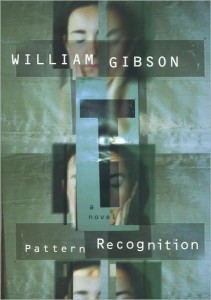The PEW Research Center just released new findings based on a representative sample of Americans on “Social networking sites and our lives.” Let’s focus on a conclusion that speaks directly to the foundation of this blog: that our social media networks are dominated by physical-world connections and our face-to-face socialization is increasingly influenced by what happens on social media.
Movies like The Social Network, books like Turkle’s Alone Together and television shows like South Park (especially this episode) just love the supposed irony of social media being at once about accumulating lots of “friends” while at the same time creating a loss of “real”, deep, human connection. They, and so many others, suffer from the fallacy I like to call “digital dualism.” There are too many posts on this blog combating the digital dualism propagated by these people who don’t use/understand social media to even link to all of them all here.

Further, more...






 ok so i have a few complaints about the use of “augmented reality.” the first is primarily semantic. it seems (to me at least) like the term it implies some kind of (pre-digital?) “non-augmented” reality. this is more or less explicit when we refer to things like “
ok so i have a few complaints about the use of “augmented reality.” the first is primarily semantic. it seems (to me at least) like the term it implies some kind of (pre-digital?) “non-augmented” reality. this is more or less explicit when we refer to things like “
